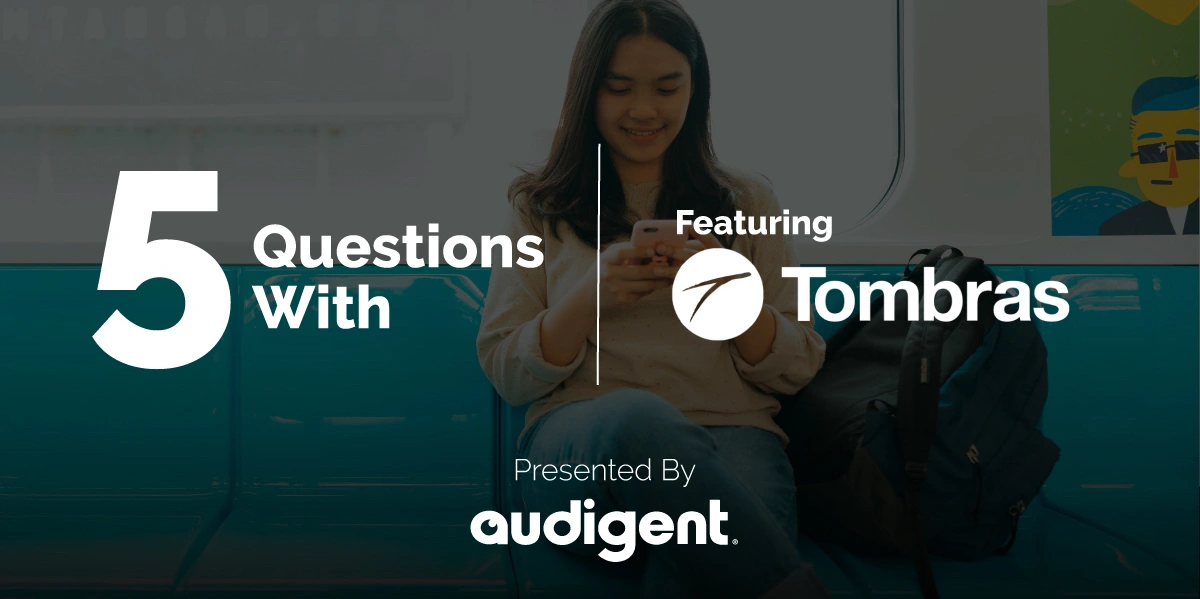


Audigent is in the incredible position of working with many of the top companies and thinkers in the programmatic ecosystem. For the second volume of Audigent’s 5 Questions With series, we spoke with Alex Potts, Senior Vice President, Programmatic at Tombras, an industry-leading full-service advertising agency.
1. Let’s talk about the topic on everyone’s minds: signal loss and scale thanks to cookie deprecation. How are you working with your partners to address these issues?
Deeper SSP integrations. We are trying to bypass measurement on the DSP side and move that to the SSP side. It’s at least directional when it comes to still being able to measure our overall activations from a last-touch perspective. The main need for our clients is to really have robust first-party data sets that we can leverage and actually activate on and start anonymizing for those 1:1 identifiers as well as integrating them into the individual SSPs. So we’re using it more for actual measurement than targeting. We think that’s really the future of being able to address our consumer base and measure the impact of our media buys on that consumer base.
2. As part of the above, there’s a lot of evidence that a more efficient, less opaque digital media supply chain can benefit all ecosystem parties despite the current challenges they face around targeting and measurement. How are you helping clients better use their unique data, their media and that of the partners to provide fuel for this more transparent, performant supply chain?
It’s not even a value question. Like if it’s negatively impacting CPMs by 5%, it’s not as negatively impactful to what we’re trying to do here vs. just the lack of visibility that’s in the space right now. That’s really what I think hinders us.
We’re doing a lot of incrementality and frequency distribution testing around inventory types specifically for CTV right now, and that’s only possible by going directly to the source and having immensely segmented PMPs, because as you know, a lot of the time, there isn’t that collaboration between the supply-side and the ad exchanges, the SSPs and the DSPs when it comes to really showcasing the granularity of the content around each individual impression. We can’t force change in the ecosystem, so we just have to do our best to make sure that we go out of our way to maximize that visibility whenever possible.
A lot of times that means we’re trusting the individual publisher to segment the inventory the way we ask and then over-segment our buys in order to truly get a deeper understanding of where our dollars are being spent, where are they being spent most effectively—not from a CPM perspective, from an impact perspective—how can we prove that across as many clients as possible and then use those as best practices for all of our current and future clients.
3. There has been much expectation around CTV. Where are you seeing brands?
Sports and news are up 198% YoY in terms of streaming viewership. The biggest thing people don’t realize is that CTV for live sports is just as efficient as linear TV. CTV is getting to the point where it can really maximize reach. 2022 was the first year that addressable CTV households surpassed paid TV subscriptions. That’s significant—an almost 20 million households difference now. I think that just goes to show that linear is no longer the biggest reach driver.
Due to their target audience makeup, for a lot of our clients, we’re not going to really start seeing that massive shift from linear to CTV, but we’re definitely seeing our overarching video budgets get closer to 30% for CTV.
4. What should brands be thinking about to prepare for the next phase in digital?
The biggest one I think is measurement and just a deeper understanding of the digital space. It’s so segmented right now which has led to an inability to understand, especially from the financial side of clients. Last-touch attribution has been dead for the majority of our clients for about two years now.
I think 2023 will be the Year of Aggregation. You’re going to see a lot of audience aggregation between SSPs, like what Audigent’s doing, which is one of the most exciting things we’re focused on for next year, as well as inventory aggregation, in terms of the actual apps, so you’re seeing everything for, say Discovery and HBO Max be consolidated even though there are so many subsidiaries there. Same with Viacom, CBS and Pluto being consolidated into Paramount Plus, and the same with Peacock. I think that’s going to lead to a lot of simplification in the space, which will lead to a much better understanding of the space and a lot less complexity, which is an amazing thing for the individual brands, as well as the marketers and advertisers, because the less complex the space is, the less segmented it is, the more data that you can consolidate, the more data you can aggregate, the more data you can action on.
5. What are some of your predictions for this year and how are partners like Audigent going to help bring it to fruition?
The first one is that I think that brands will start significantly moving away from display more than they have historically toward immersive ad types whether it’s CTV or programmatic DOOH. There’s a real focus on moving towards attention. I think there needs to be a consolidation of what that means and how it’s being measured, but I think that’s going to be a huge driver of measurement in 2023. And the last is just going to be the continual shift from linear TV to CTV, and I think the biggest thing that’s impacting that right now is political, especially for local advertisers. There is now becoming a real need for collaboration between linear and CTV—that’s never really happened before. That’s going to really positively impact the space throughout the year.
